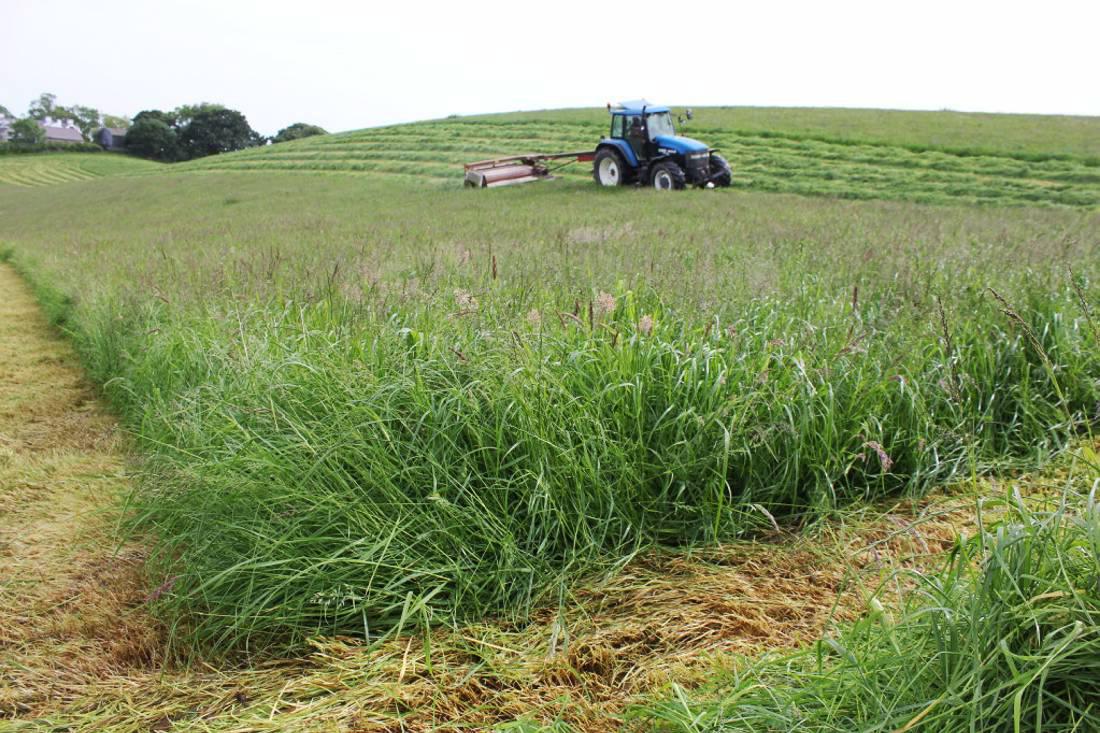The rate at which 2015 subsidy payments are set to be converted from euro to sterling is set to be down another 6% this year.
For the first time, the conversion is based on the average euro rate from the European Central Bank calculated over the whole of September and not just the rate on 30 September as in previous years.
With only the conversion rate of yesterday (Wednesday) to be added in, the average for September stood at €1 = £0.7309, which is down from the €1 = £0.7773 rate applied in 2014. It is the lowest conversion rate since 2007 and significantly less than the peak of 2009 when single farm payments were converted at €1 = £0.9093.
However, it is not as bad as once feared, with the rate dipping below the €1 = £0.70 mark in early August.
To assess what it means for farmers, it is necessary to take into account changes made to subsidy payments this year. With 2015 the first year of seven moves to a flat-rate payment estimated to be €329/ha by 2021, farmers above this average will see payments cut. The extent of that cut depends on the 2014 entitlement value and how close it is to the average. For example, a €500 entitlement in 2014 loses close to 5% in the first year of transition to flat payments, while a €1,000 entitlement loses around 10% of its value.
Add to that the 2% that is being taken off to pay for the young farmers’ scheme and at least 3% that is to come off to pay for the regional reserve.
It is the regional reserve figure which has the greatest unknown, as unlike the young farmers’ top-up, if the reserve is over-subscribed, more money will be taken from everyone to fund payments. There are approximately 1,700 applicants to the regional reserve, and if they each included 50ha on their 2015 single application form, it would require around €28m or 9% of the total subsidy pot to pay for the scheme.
It will be later in the year before all checks on young farmers and regional reserve applicants are complete. There are also checks to be completed on active farmers and associated herds.
Once all of this is finalised, DARD will then be in a position to calculate the NI average payment, which allows individual entitlements to be calculated. However, with everything taken into account, farmers with higher value payments, and who have the same land area as last year, should prepare themselves for a cut of over 20% to subsidy payments this year.






 This is a subscriber-only article
This is a subscriber-only article










SHARING OPTIONS: